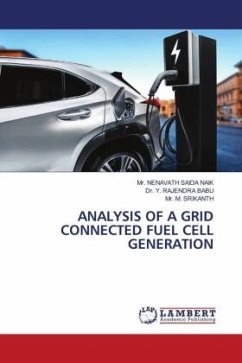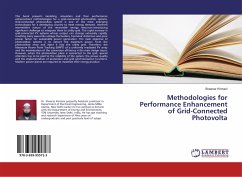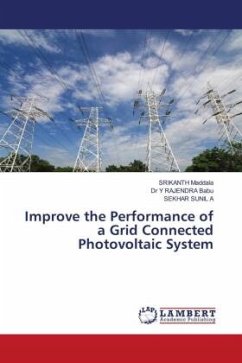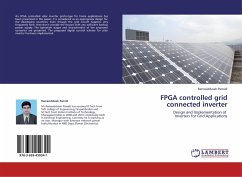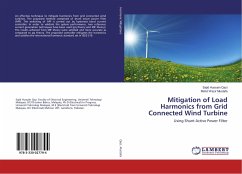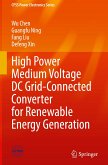Hormonic is main problem in the power system network, by using converters hormonics are generated. These hormonics effects supply system. By using passive filters to reduce the hormonics, but the usage of L, C (inductor & capacitor) passive filters have more disadvantages and large in size. Hormonic pollution is become increases due to extensive use of non-liner loads as switched mode power supply (SMPS), Uninterruptable power supply (UPS) & Power converters. These may cause the voltage drop across the network impedance and destroy the supply voltage.By using Shunt Active Power Filters (SAPF) are suitable to minimize the hormonic effect of non-linear load on power network. And shunt active power filter reduces the asymmetrical currents caused by non-linear loads. We can use various strategies to minimize the hormonics are given as follows,(a) Constant instantaneous power theory (p-q theory)(b) Generalized fryze current control theory(c) Synchronous reference frame methods1) UnityPower Factor Method 2) Zero voltage regulation.

